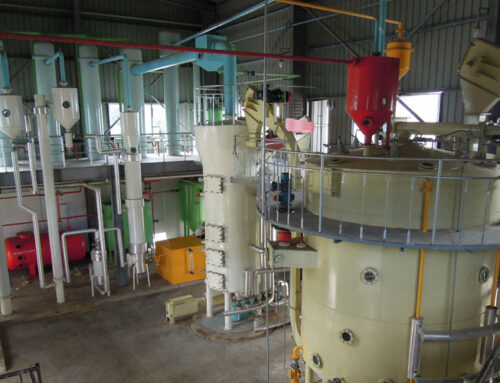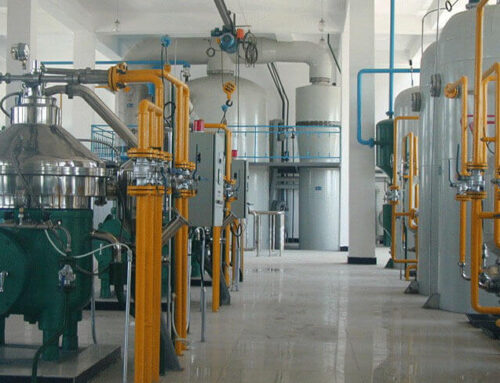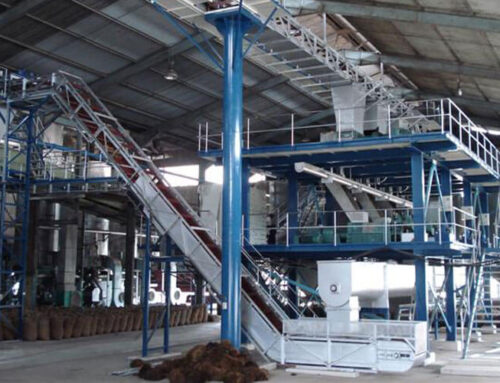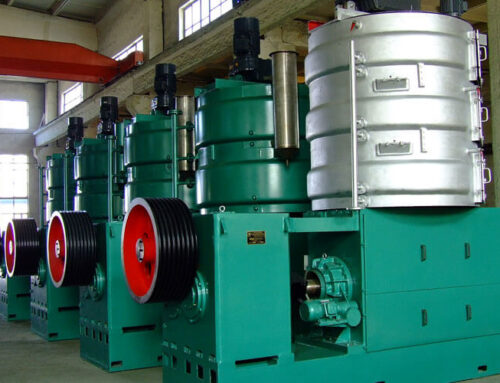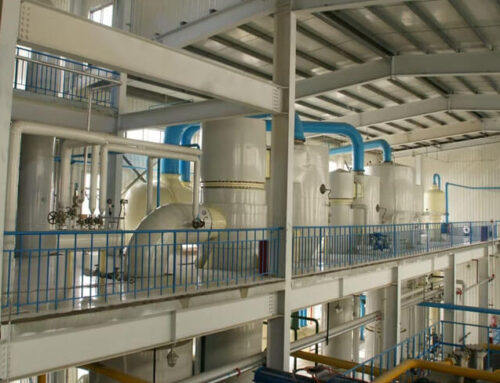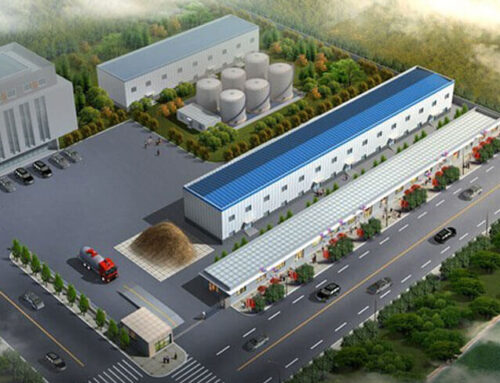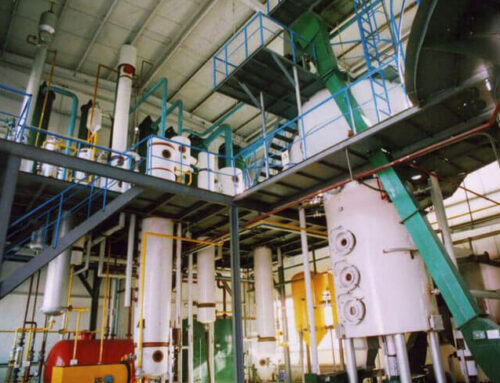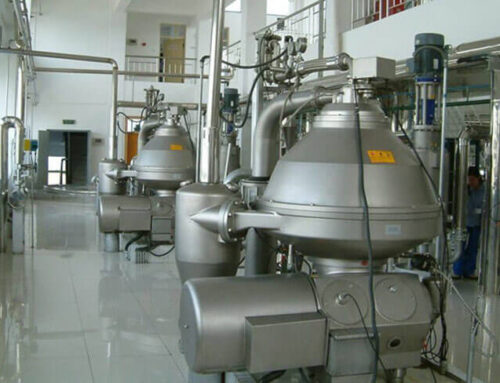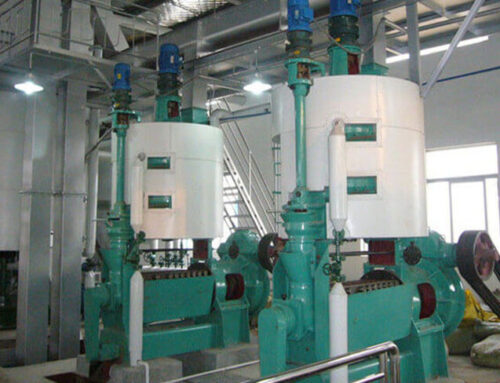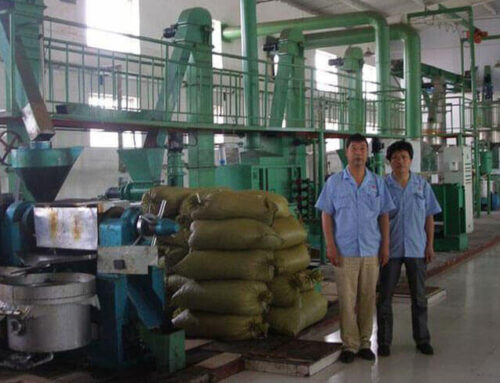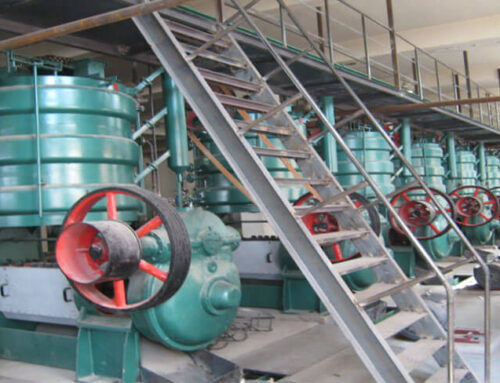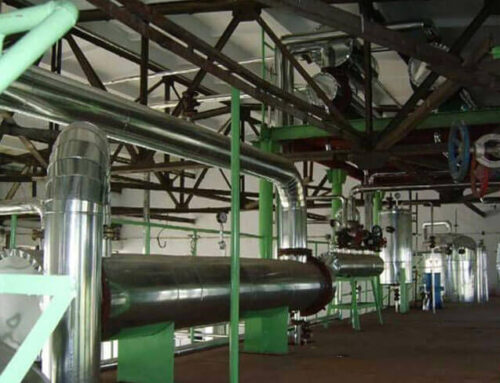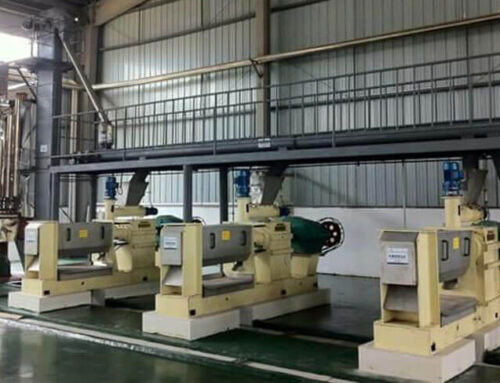Sesame Seed Pretreatment Process
Sesame Seed Cleaning
Sesame seeds need to be cleaned first before sending to the sesame oil plant. High-efficiency vibrating sieve is used here to remove the stalk, stone, immature seeds and other large impurities and small impurities, thus prolonging the service life of sesame oil processing equipment and improving the oil quality. It is also necessary to add a magnetic separator on the sieve to remove iron particles that may be contained in the sesame seeds, and also dust remover is equipped in this process.

Sesame Seed Rinsing
Rinsing can remove the residual tiny impurities to make the sesame seeds cleaner. Soak the sesame seeds in water for one hour, and the sesame seeds will absorb water evenly, better for protein denaturation when cooking. It can also prolong the roasting time to avoid charing. The proper water content of sesame seeds after rinsing is 35%.
Sesame Seed Dry Roasting
Cooking is done to remove excess water from the sesame seeds after the rinsing process, which is the essential process for increasing the sesame oil extrusion rate. The rotary roaster is used here to adjust the temperature and moisture of sesame seeds. Equipped with an electromagnetic heating device, the cooking temperature can be adjusted automatically according to the environment temperature. At the same time, the cooking temperature is shown on the display instrument.
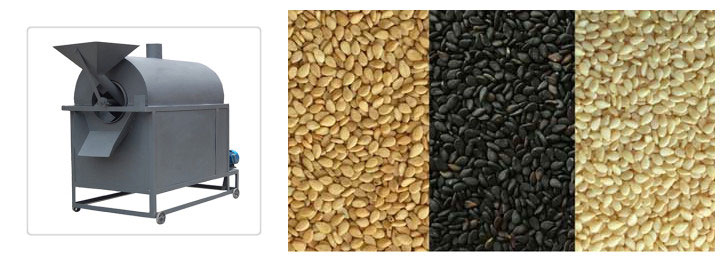
This section is composed of fuel transport system, hot blast air stoves (oil furnace, coal stove), seeds frying machine, smoking system, hot blast air network, temperature detection system. The total seven equipment to fry the raw materials uniformly, ensure the protein denaturation and harden completely, separate the raw materials from the air and waste gas.
Sesame Seed Pressing Process
Since the sesame seeds are high in oil content, generally the hydraulic oil press machine is applied for pressing the sesame oil. The proper moisture of sesame seeds for pressing is 9%, and the temperature for pressing is 65℃. Before pressing, the oil press machine should be warmed up for 5-10 minutes. Then roasted sesame seeds are directly sent to the barrel of oil press machine, we can get the sesame oil products in 5-7 minutes. Specially design of hydraulic oil press saves much time at pressing. As the sesame oil is pure enough for direct use, the oil refining is not necessary.
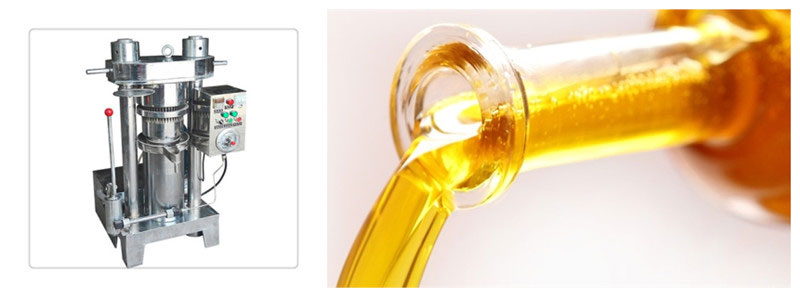
Advantages of Sesame Oil Press Machine
* Small size & floor area, convenient and easy to operate, no special requirements for operator.
* Hydraulic machine with high pressure, high oil-yielding rate, and pure oil quality.
* Save 50% electricity than stone milling.
* Full automatic control system is adopted, the preheating system and hydraulic system pressure are controlled automatically.
* Main parts are made of imported high-quality silicon manganese steel, processed by digital control precision lathe and modern high-tech, the whole machine is in good performance.
* It is specially used for pressing sesame seed oil, rapeseed oil, peanut oil and other crop seeds oil.
Sesame Oil Filtering Process
After pressing, there are some oil cakes or solid impurities mixed with the sesame oil. Filtration is done to separate the impurities from the sesame oil, which ensures that the sesame oil is fully pure. We have three kinds of oil filter machines for your choice, plate and frame oil filter, leaf filter and tubular filter. Once the sesame oil is settled and filtered, it is now ready for packing.
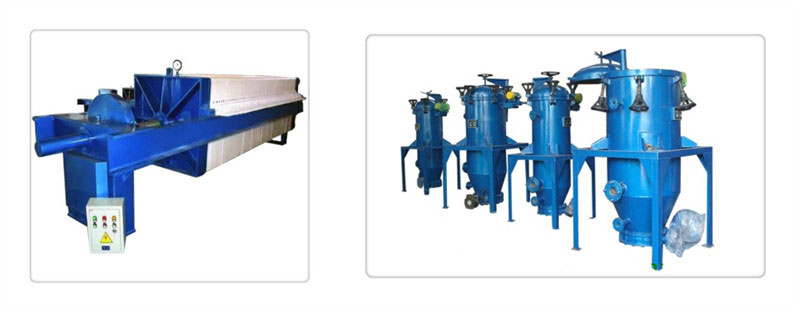
Get to Know Sesame Oil
Sesame is one of the main oil crops in China, which has a high nutritional value. The oil content of sesame seed is about 54%, and the oil-yielding rate is 45%-50%, higher than most of the known oilseeds. Sesame oil is generally regarded as high-priced and high-quality edible oil. It is high in polyunsaturated fat (43%) and monounsaturated fat (42%). It also contains a certain amount of Vitamin E and specific sesamol, and sesamol has the extremely strong oxidation resistance and anti-aging effect. The most abundant fatty acids in sesame oil are oleic, linoleic, palmitic, and stearic acids, which together comprised about 96% of the total fatty acids. Due to its powerful antioxidants, sesame oil has a longer shelf life.



